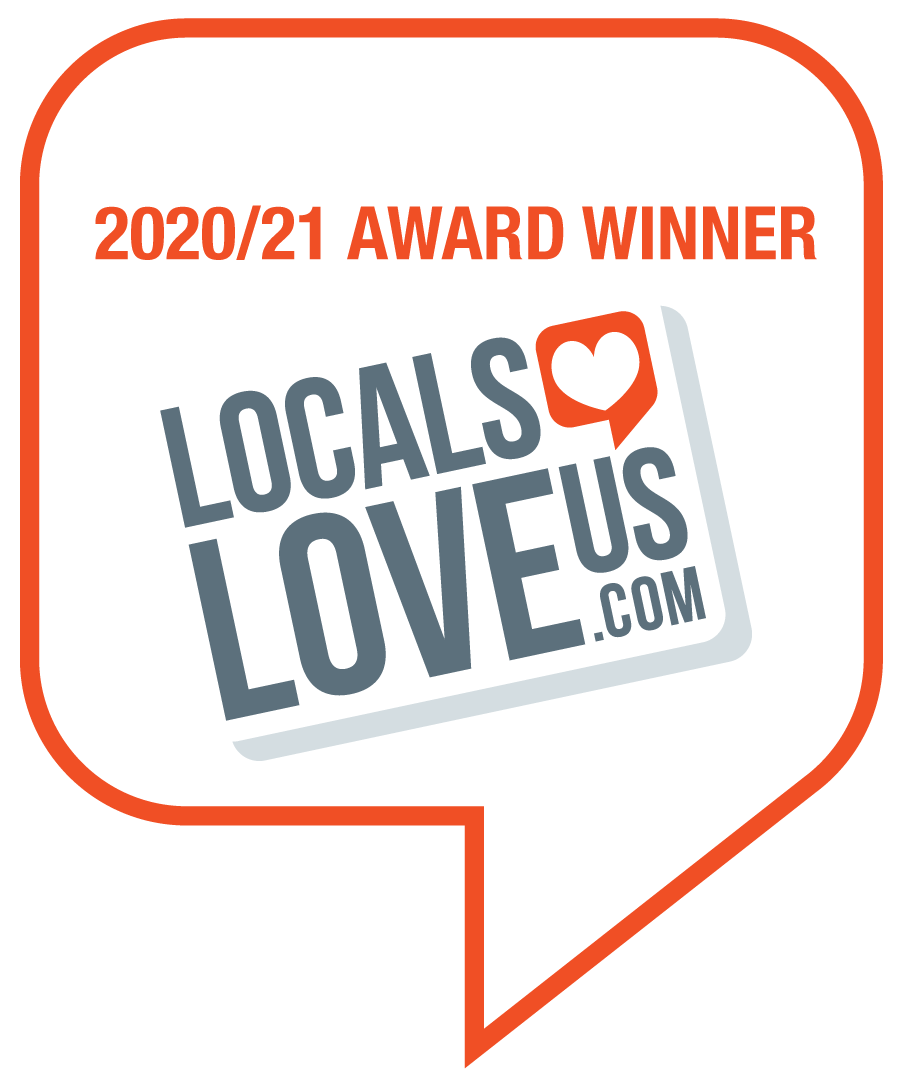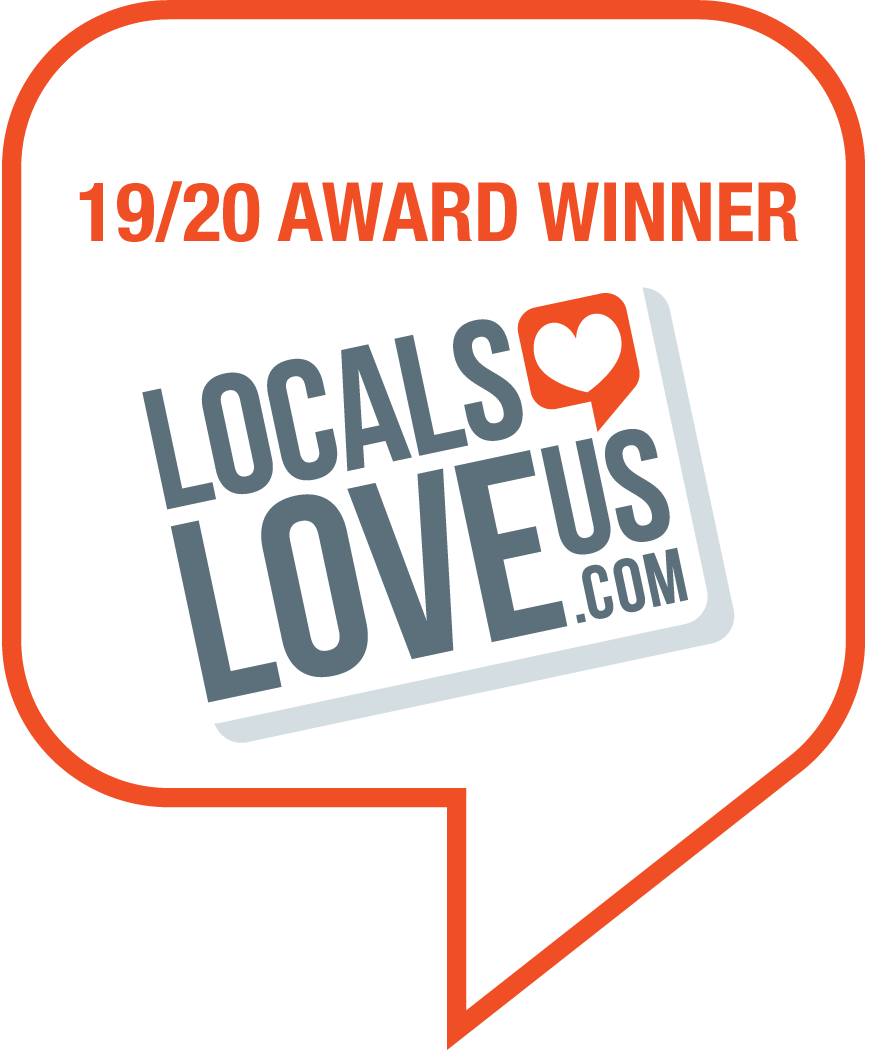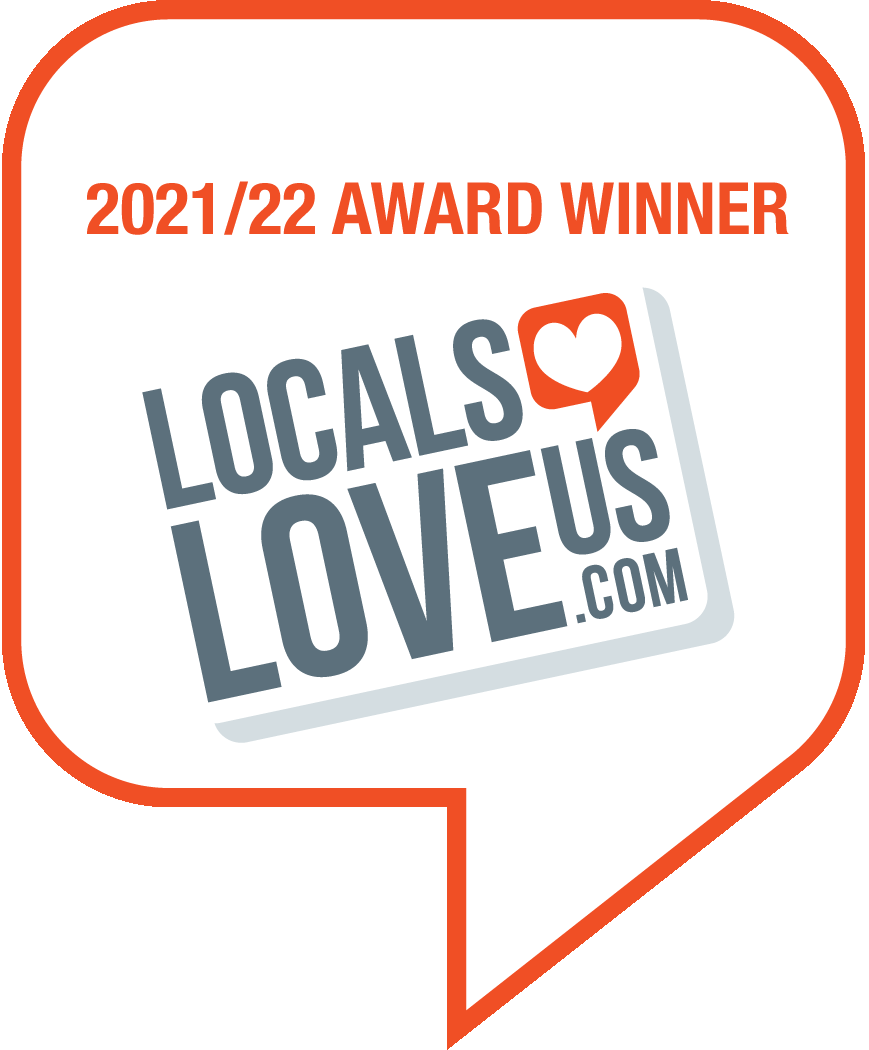I hear it all the time: “I just don’t like debt” or “I want to get these properties paid off as quickly as possible” and honestly, I totally understand. I had a very similar mindset not that long ago, and when I bought my first rentals I bet I even made the same or similar statements.
Funny thing is, hindsight is 20/20 and I can honestly say that if I had followed that thought process to fruition, I might have 1, 2, maybe even 3 paid off rental units now, which would be great if I wasn’t comparing them to the 91 rental units I currently have, 5 or 6 of which are under renovation and currently have no mortgage.
Think about that! That’s a massive difference, and it’s all due to “leverage” which is just a fancy word for debt. But to clarify, not all debt is good. Personally I take a higher risk approach to all of my investing, which involves utilizing as much debt as possible to maximize my returns. That is one of the factors involved in my cash on cash returns that have topped 60% annually on some properties. In general, as long as you’re going to spend the money anyway, and you have an investment vehicle ready and available to invest the cash, that debt would be “good debt” simply because it allows you to attain the higher returns from your investment using your cash, which would have been foregone if not for the debt.
The biggest factor that determines how good your debt is revolves around the “margin” or difference between your investment return (money in) and your debt’s interest rate AND payment amount (money out). Both of these factors are important to consider, because so long as you have high investment returns, with minimal volatility, and low interest rates with low payment amounts, theoretically you can repeat this cycle indefinitely and make a very nice profit. Reinvesting your returns in this scenario will generate incredibly high compounded return on investment, and you’ll become wealthy much faster than most would believe.
This is why rental properties are so popular, and why the most successful real estate investors utilize debt extensively. An average single family rent house can be purchased with a low interest rate (7% or less) mortgage that is paid back over 15 to 30 years. In most cases, that single family house will generate an unlevered return on investment of around 9-10%. (Example: Purchase a house for $100,000 that nets $10,000 per year after insurance, taxes, and all other expenses EXCLUDING debt payments would have a 10% unlevered ROI). If your mortgage was at 6%, but the investment is returning an average of 10%, then you have a nice margin of 4% to capitalize on! That may not sound like much, but once you do the calculations you’ll realize that the mortgage on that house has changed the cash on cash return from 10% to 21.22% just because of that 4% margin.
The other advantage to this leverage is that now you can purchase 4-5 times as many rental units with the same amount of cash, which allows you to be able to diversify your investments and not be reliant on or subject to the risks associated with all of your invested funds being in a single property. Just like you wouldn’t want to have your stock portfolio comprised 100% of one stock (even the best stock in the world), it’s best to have your real estate investments spread to more than one rental property (even if you think it’s the best rental in the world).
Ultimately it comes down to whatever you’re comfortable with, because I wouldn’t ever want to recommend something that would cause someone to have a mental breakdown from unwanted stress and anxiety, but if your goal is to safely maximize your returns, it’s very possible to do that with some good debt on a well managed rental property. Obviously well managed is the key factor here, because if you’re just letting your property sit vacant and rot, it wouldn’t matter whether it had a mortgage or not!



